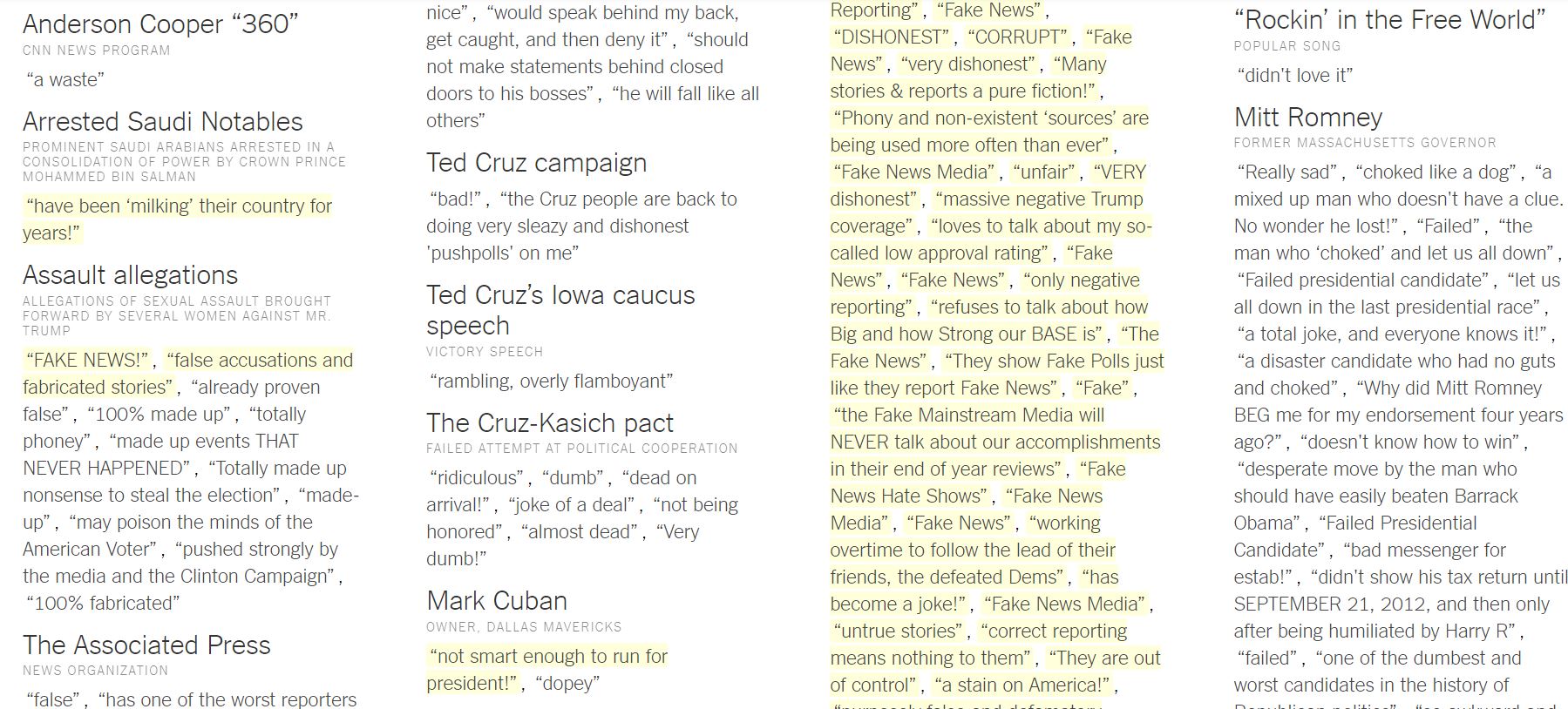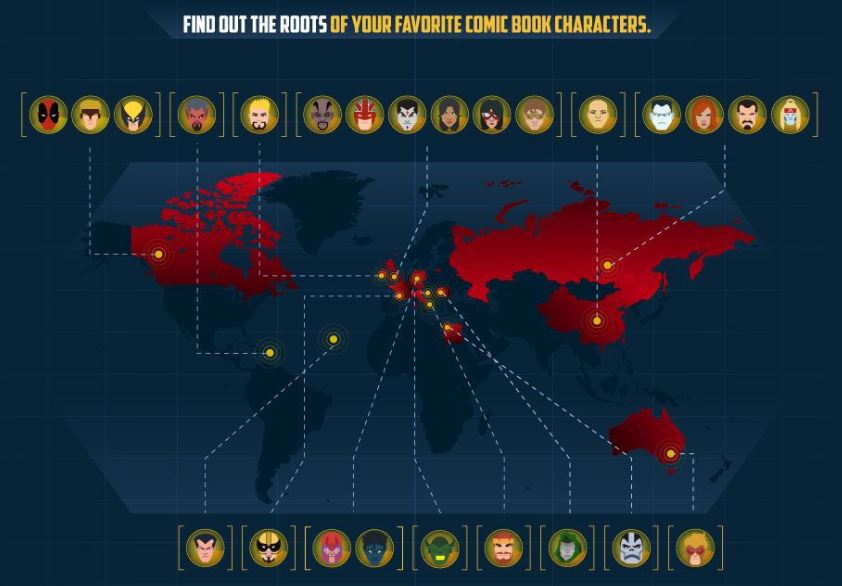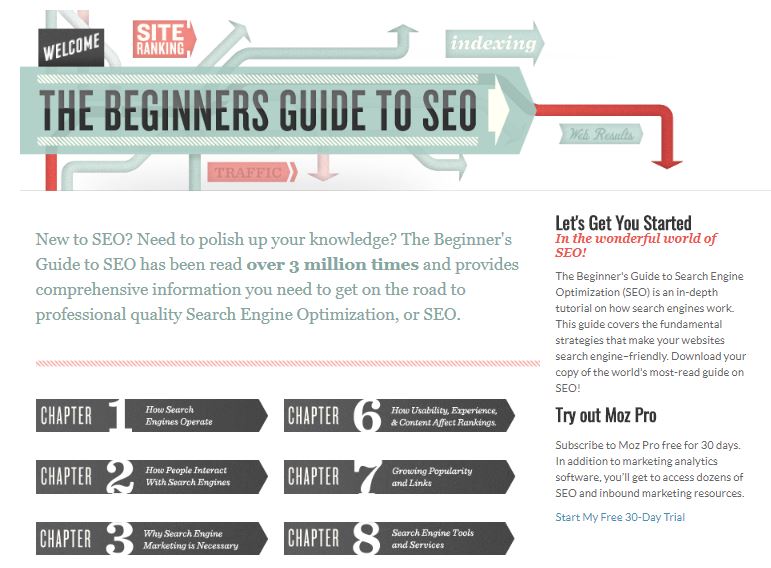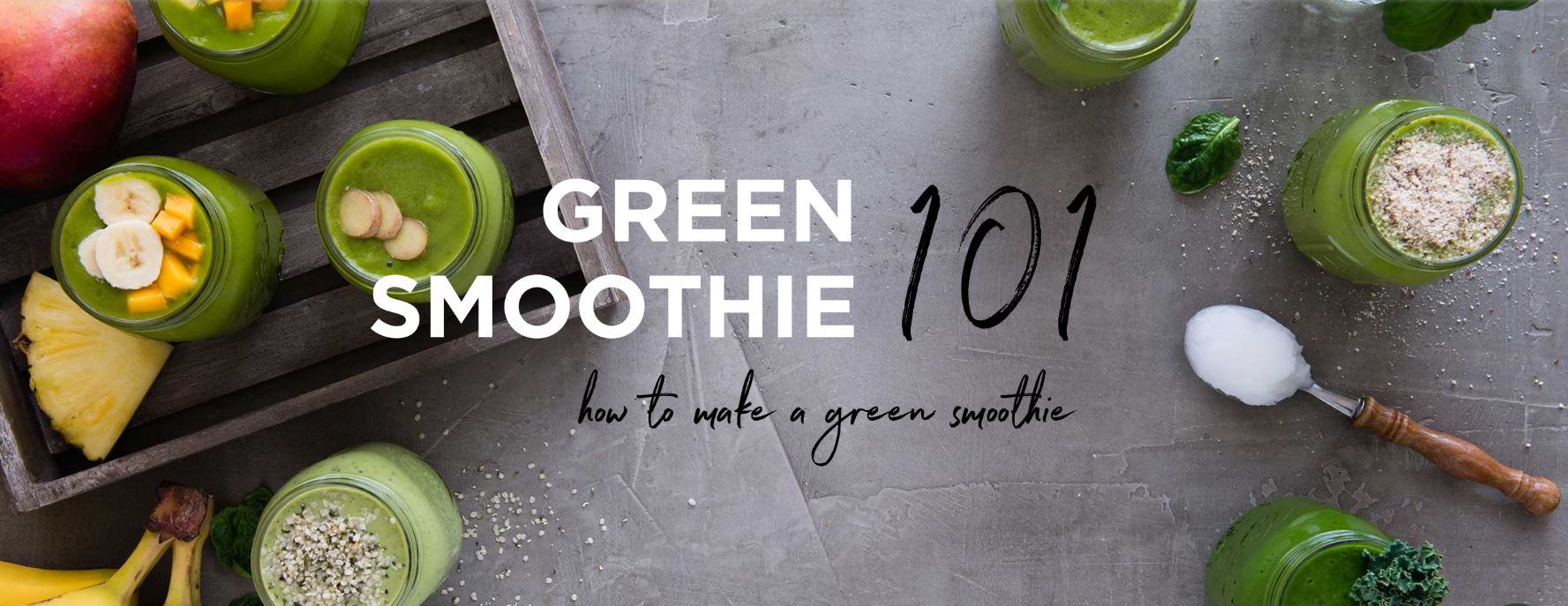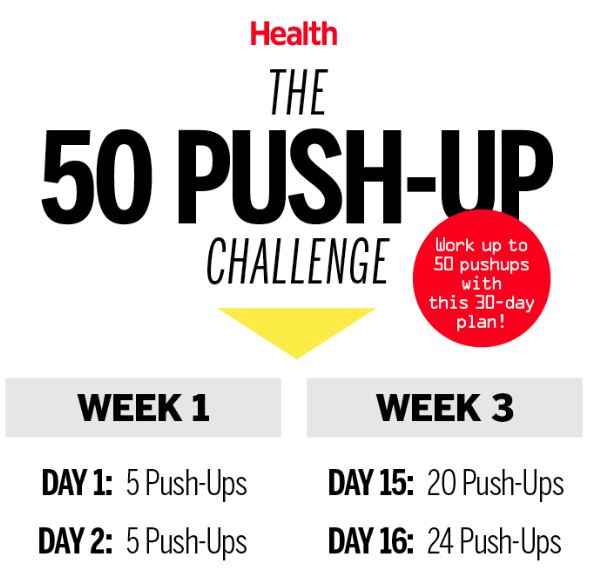To improve a website’s ranking in search engines, you need to earn high-quality backlinks to the site. When many links point to a website, it signals to search engines that the page is important, it has valuable information that people recommend, and it should appear as a primary search result.
While there are many methods for building links, there is one tactic that has proven to be the most effective: content marketing.
Publishing linkable on-site content is one of the best ways to attract quality backlinks. Brands and businesses can publish high-quality content and then use promotion tactics to inspire other websites to link back to that content.
Step One: Create the Type of Content That Attracts High-Quality Backlinks
To create links through content, you must start by creating highly valuable and interesting content. Linkable content must stand out and capture attention by offering something surprising or useful. This type of content often fits into one or more of the following categories.
Newsjacking
When public attention is focused on a specific news story, you can use this as an opportunity to create linkable content. Put your own spin on any popular story to inject your content into the conversation.
By creating content that touches on the news story, you can catch some of the attention that is already buzzing around the topic. And because many other websites are also covering that news story, you can offer a relevant take that other publishers may link to in their coverage.
In the middle of a heated political campaign, The New York Times used newsjacking as a way to produce linkable content by creating a webpage that curated over 239 Donald Trump Quotes. In a time when many news outlets and websites are covering Trump’s language, The New York Times provided linkable content that was featured in many news stories covering the topic.
Trending Topics in Pop Culture
Just as you can leverage newsworthy topics to create linkable content, you can also tap into trending pop culture topics to join trending conversations. When a game, movie, TV show, or celebrity catches and holds the attention of millions of people, it’s the perfect time to tie your content into the trend.
You don’t need to cover or reference the topic in a direct way; rather, you can spin the topic so that it relates to your industry or brand. This allows you to create content that references the topic but remains relevant to your target audience.
We took this approach when we teamed up with the real estate resource website Movoto. With the booming popularity of Marvel Comics, we created the Marvel Origins infographic that showed the homelands of popular superheroes and characters. The content, which was tied to both a trending topic and the client’s core offering, became the feature of 365 stories, including pick ups from Yahoo, Mashable, MTV, Sploid, MentalFloss, Nerdist, and more.
New and Original Data
With so much information online, you often need to do something special to stand out from all of the noise. One way to do that is to provide new and original data. When you share online information that can’t be found anywhere else because you produced it, you create content that is extremely linkable.
Publishers love to share new and interesting data, and it’s part of their best practices to link back to the source of the data. If you can provide useful and unique stats, you will be likely to garner links from other websites citing your data.
Using new and original information to create linkable content is the approach we often take here at Fractl. We perform original research (or pull from internal data resources) to produce content that features interesting, new stats. Our exclusive research creates linkable content that is covered by hundreds of publishers.
In-Depth Guides
Websites often link to the sources of their facts and statistical data. When referencing a topic, best practice, or authoritative stance on a topic, publishers often link to information that reinforces their position. This is why publishing in-depth guides on specific topics is also a good strategy for creating linkable content.
By creating a guide that digs deep into a topic, you create resources that audiences love and use and that publishers will also reference and link to.
SEO Moz used an in-depth guide to build links back to their site (and to provide value for their readers) when they published The SEO Moz Beginner’s Guide to SEO. The guide is 10 chapters long and includes extremely detailed information about SEO, from start to finish. Because it is the most thorough guide on this topic, it is typically the go-to resource for SEO guidance which has led to more than 2,500 links according to data from Open Site Explorer.
How-To Resources
Just like informational guides, how-to guides offer useful, evergreen information that appeals to both readers and publishers. A step-by-step guide that solves a problem or teaches a skill is highly linkable content. If you can create the best instructions for how to do something, your website will become the go-to resource on the Internet and will be referenced by other web pages.
Green smoothies are at the core of the Simple Green Smoothie brand, so they used a how-to resource on the topic to build authority and promote their brand in the health food space. Their Green Smoothie 101: How to Make a Green Smoothie post is often used as an essential resource on the topic, garnering links from other publishers and gaining plenty of audience attention.
Free Courses & Challenges
You can also turn how-to content into a free course or challenge to create linkable content. Content that challenges audiences to follow a step-by-step course over a period of time is popular among readers and publishers. Bloggers, influencers, and publishers who participate in a challenge or course that they enjoy will be likely to share that resource with their audience by covering it on their blog or website.
Health.com created a simple push-up challenge that offered straightforward directions to teach people how to do 50 push-ups. The 50 Push-Up Challenge isn’t a lengthy resource, but it gives audiences a free, clear map for accomplishing a goal, which is why it has remained popular with readers and publishers alike.
Massive “10x Resource”
Producing guides and how-to directions are great ways to create linkable content, but there is something that works even better: creating a massive resource. Extensive, extremely thorough resources are often referred to as “10x content,” meaning they are 10 times better than other resources on the topic.
When you create “10x content,” you improve the odds that your content will be the resource that other websites link to. Providing the most in-depth information on that topic will make you stand out and become the leading resource.
The social media management app Buffer is known for creating massive resources; their content rarely touches on the surface of a topic. Instead, they choose to create “10x resources” that stand out and attract many links (and social shares too). One of their recent resources, A Complete Guide to Instagram Marketing, shows how they take one topic and dive deep into it to create a huge resource. The article is over 5,000 words and features dozens of charts, images, and examples.
There are multiple ways to create linkable content that will naturally lead other publishers to reference your website. But you shouldn’t simply post your content and then sit back and hope that other publishers will find it and link to it. You should promote your content so that publishers and influencers notice it and cover it on their websites.
Step Two: Promote the Content to a List of Targeted Publishers and Influencers
The next step in using content to build links is publisher outreach. Once you’ve created your content, you need to promote it to targeted publishers and influencers who will be likely to share your content with their audiences and link to it from their website.
There are a few things to keep in mind as you enter this stage of your content marketing.
Find Publishers Likely to Reference Your Content
Pitching the right people is extremely important. Don’t waste your time reaching out to every publisher you find. Instead, do your research before you reach out to publishers. Only reach out to publications that:
- Have linked to similar content before
- Regularly link to content related to your topic
- Cover the industry that your content is related to
When a publisher’s habits show that they are likely to provide coverage for topics like yours, add them to your potential outreach list.
Find Publishers With a High Domain Authority
As you search for publishers, also take a close look at their website’s authority. While all links offer some value, the best links are dofollow links from websites that have a high domain authority. To ensure you are gaining high-quality backlinks, look for websites that have these two attributes:
- A high domain authority. You can use the Moz Pro Link Explorer to find a site’s authority ranking.
- Typically use dofollow outbound links. Dofollow links, as opposed to nofollow links, are a type of link that passes SEO value and authority to the site it leads to.
Find Publishers With Influence Over Other Publishers
A benefit of having high-authority websites feature your content is that it creates a trickle-down effect. When authoritative websites share a story, many other lower-authority websites see the story and also cover it on their site.
Links on influential websites usually trigger more links from other publishers.
So as you look for publishers during your outreach efforts, target websites that are leaders in their industry and field. By focusing on a few big blogs, you will likely end up creating more links than if you had focused on multiple smaller blogs.
Links connect content throughout the web. They direct readers, guide search engine results, and build website authority. So as you attempt to improve the visibility and notoriety of your website, focus on the best strategy for building links: content marketing.
Create interesting, trendy, and original on-site content that publishers want to cover and link to. Then, make sure publishers are aware of your content by using smart outreach efforts that target influencers. This proven approach can get your content featured on reputable sites and earn authoritative links back to your website.
Find out how we have used this two-step strategy to create thousands of links for our campaigns and clients.

